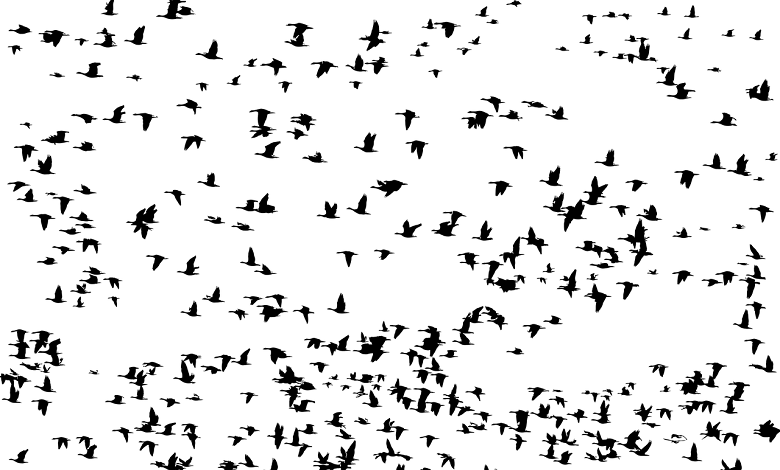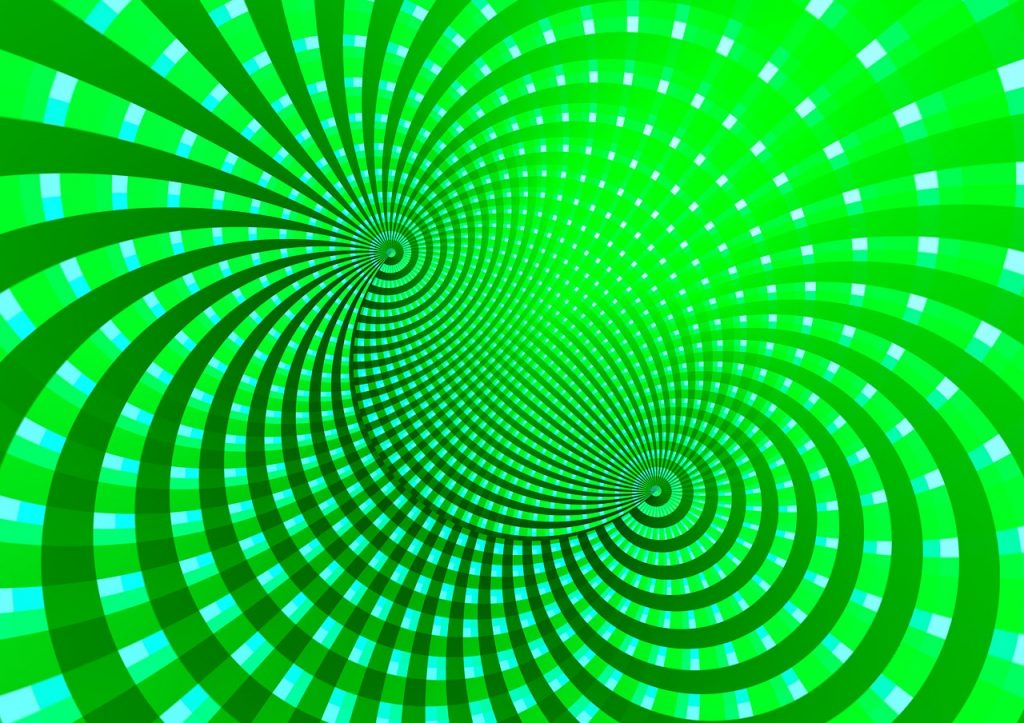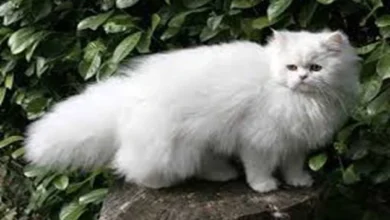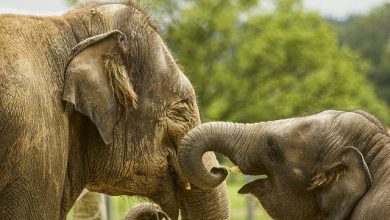Science comes up with new theory for the magnetic ‘sixth sense’ of animals

That some animals can sense the magnetic fields here on Earth and even use them to find their way has been known since the 1970s. How they do it, however, is still a mystery.
A recent That some animals can sense the magnetic fields here on Earth and even use them to find their way has been known since the 1970s. How they do it, however, is still a mystery. in ‘Philosophical Transactions of the Royal Society’ now makes a completely new proposal. The magnetic sixth sense may well be the result of a collaboration with microbes.
From sea turtles that return to the beach where they were born to birds that travel halfway around the world every year to spend the winter somewhere. This mysterious ability to sense and use magnetic fields, called magnetoreception, is observed in numerous species with feathers, fins, and hair. However, unlike the other senses (hearing, seeing, smelling, tasting, and touching), the origin of this magnetic consciousness remains puzzling.
There are two established theories that could explain the phenomenon: those of the cryptochromes and magnetite. The first is a type of protein, the second a crystal cluster of iron, and both are said to allow animals to perceive magnetic fields. But despite much scientific research, none of these answers seems to be entirely conclusive.
And then some scientists from the UK and Israel came up with a wild theory that could have come straight out of a ‘Star Wars’ script. In this fantasy universe, there are “midi-chorians”, microscopic life forms that live in the cells of specific individuals that allow them to perceive and use an energy field known as “the Force”, and that is exactly what the researchers suggest.

Not midi-chlorians, of course, but special bacteria that live in the body of certain animal species and ensure that their host has access to this magnetic sixth sense. These mysterious members of the microbiome are called magnetotactic bacteria. Thanks to tiny magnets in their bodies, magnetosomes, these microbes can act as microscopic compasses for their host organism.
The researchers did not come to this conclusion, just like that. They had searched the largest genetic database of microbes for the presence of these bacteria in animal samples. Until now, they were thought to be rather rare, but the scientists soon discovered that they were actually much more common than expected, including penguins, sea turtles, bats, and whales.
Where precisely these bacteria occur in the body of the animals still remains a mystery. As well as how this symbiotic relationship came about and exactly how it works. More research is, therefore, needed.
Knowing how organisms deal with magnetic fields is also useful for our society. It not only tells us whether human interventions in their habitat can affect their environment, such as the construction of power lines, for example. But the knowledge gained can serve equally well in other branches of science, such as in the development of therapies that use magnetism for drug delivery.




